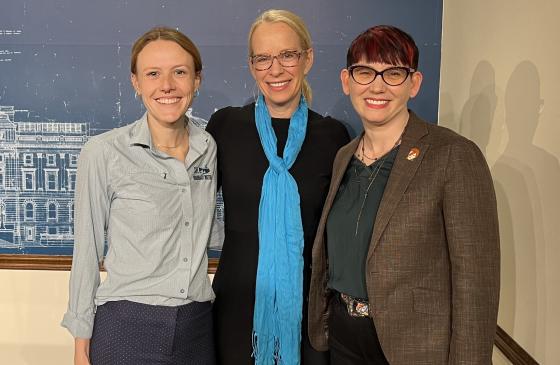The Boundary Waters Canoe Area Wilderness (BWCAW) consists of interconnected waterways and unspoiled forests which offer world-class outdoor recreation, critical habitat, and support the people and economies of wilderness-edge communities. Despite great strides made towards permanent protection in the last year, this Wilderness remains under threat from proposed copper-nickel mining that could irreversibly damage its fragile ecosystem.
Sulfide-ore copper mining poses a significant risk to the ecological integrity of the Boundary Waters. These proposals could result in pollution of waterways, destruction of habitat for wildlife, and disruption of the delicate balance that sustains this unique ecosystem.
This legislative session, a new bill (H.F. 3458 / S.F. 3434) is being introduced in the MN State Legislature that would help safeguard the Rainy River Watershed from four risky sulfide-ore copper mining practices. This new bill is being introduced by Rep. Sandra Feist and Senator Kelly Morrison, and is different from H.F. 329/ S.F. 167 - The Boundary Waters Permanent Protection bill, which was introduced last session. Nicknamed “The 4 Features bill,” this new pro-Boundary Waters legislation provides an opportunity for the State Legislature to strengthen Minnesota's environmental laws to protect a highly sensitive watershed.
Why a new bill? In 2023, the Minnesota Department of Natural Resources (DNR) recommended that the Minnesota State Legislature assess State policy relative to the following four risky mining practices involved in sulfide-ore copper mining. These four practices are:
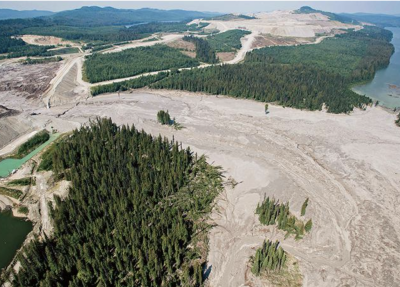
Waste Tailings
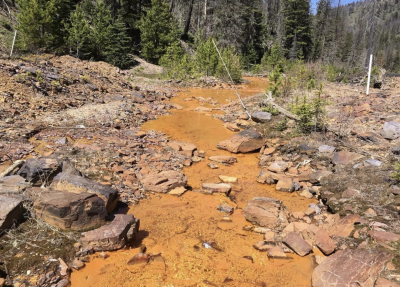
Reactive Waste Rock
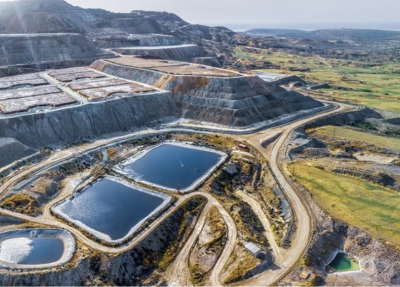
Heap Leaching
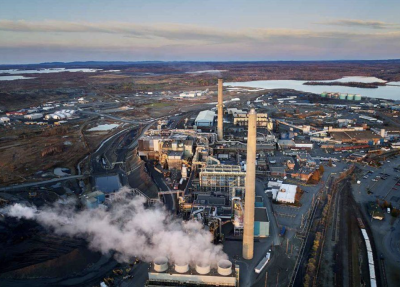
Smelting
Strong scientific evidence documents the likelihood and severity of harm to the Boundary Waters Canoe Area Wilderness (Boundary Waters) if these high-risk activities or facilities were developed in the Rainy River Headwaters Watershed. The Boundary Waters has extraordinary clean water and low capacity to buffer acid and other pollutants. Additionally, the Clean Water Act and Federal and State regulations prohibit any water quality degradation in the Boundary Waters, a standard that would be impossible to maintain if these four practices were developed upstream.
With the introduction of this new bill, the Minnesota Legislature has an opportunity to address the DNR’s request, and enact legislation that would prohibit these four dangerous mining practices in the Rainy Rivers Headwaters Watershed.
A Dive into the “Four Features” - What they are, and why they are dangerous to the Boundary Waters.
Waste Tailings:
Waste tailings are the coarsely and finely ground waste portions of mined material remaining after the economically viable minerals have been removed from the ore. Tailings are stored either wet behind a dam holding a massive pond of toxic tailings slurry, or dry as a massive stack of finely ground particulate material.
Because of the Rainy River Headwaters Watershed's interconnected groundwater, wetlands, and abundant lakes and streams, mining pollution from waste tailings would spread uncontrollably across the landscape and be impossible to contain or remediate. Both wet tailings and dry stack tailings techniques result in water pollution over time.
Reactive Waste Rock:
Sulfide-ore copper mining produces a large amount of waste rock, which includes toxic, reactive materials. It also causes acid mine drainage, and the leaching of heavy metals like arsenic, lead, mercury, sulfates and sulfide, and more. Independent studies find that for sulfide-ore copper mining proposed in the Rainy River Headwaters Watershed, tons of waste rock would be stockpiled on the surface while the mine is hollowed out. Acid mine drainage and the leaching of heavy metals, sulfates and sulfides from waste rock pollute surface water and groundwater, resulting in pollution flowing directly into the Boundary Waters.
Heap Leaching:
Heap leaching involves spraying a cyanide solution over a large volume of crushed ore to separate metals from the ore. This solution trickles through the ore heap, is collected, then once the metals are removed, the solution is repeatedly sprayed again. Cyanide is highly toxic and poses a severe threat to public health and the environment. Cyanide spills and leaks can be detrimental to fish and wildlife populations and contaminates drinking water which poses a significant human health risk.
Smelting:
To extract metal, ore is placed in a type of furnace called a smelter. The ore is subjected to very high temperatures in order to melt the metal and release it from other materials in the ore. While smelting technology has improved considerably over the past half-century, it still releases a great deal of toxins into the air and environment such as:
- lead
- nitrogen and sulfur
- mercury
- sulfur dioxide (which causes acid rain)
- zinc, cadmium, and uranium
Smelting releases harmful toxins, including known carcinogens into the air and environment. Releasing these toxins into the air and surrounding environment is highly harmful to human health, fish, wildlife, plants, and a forested landscape.
